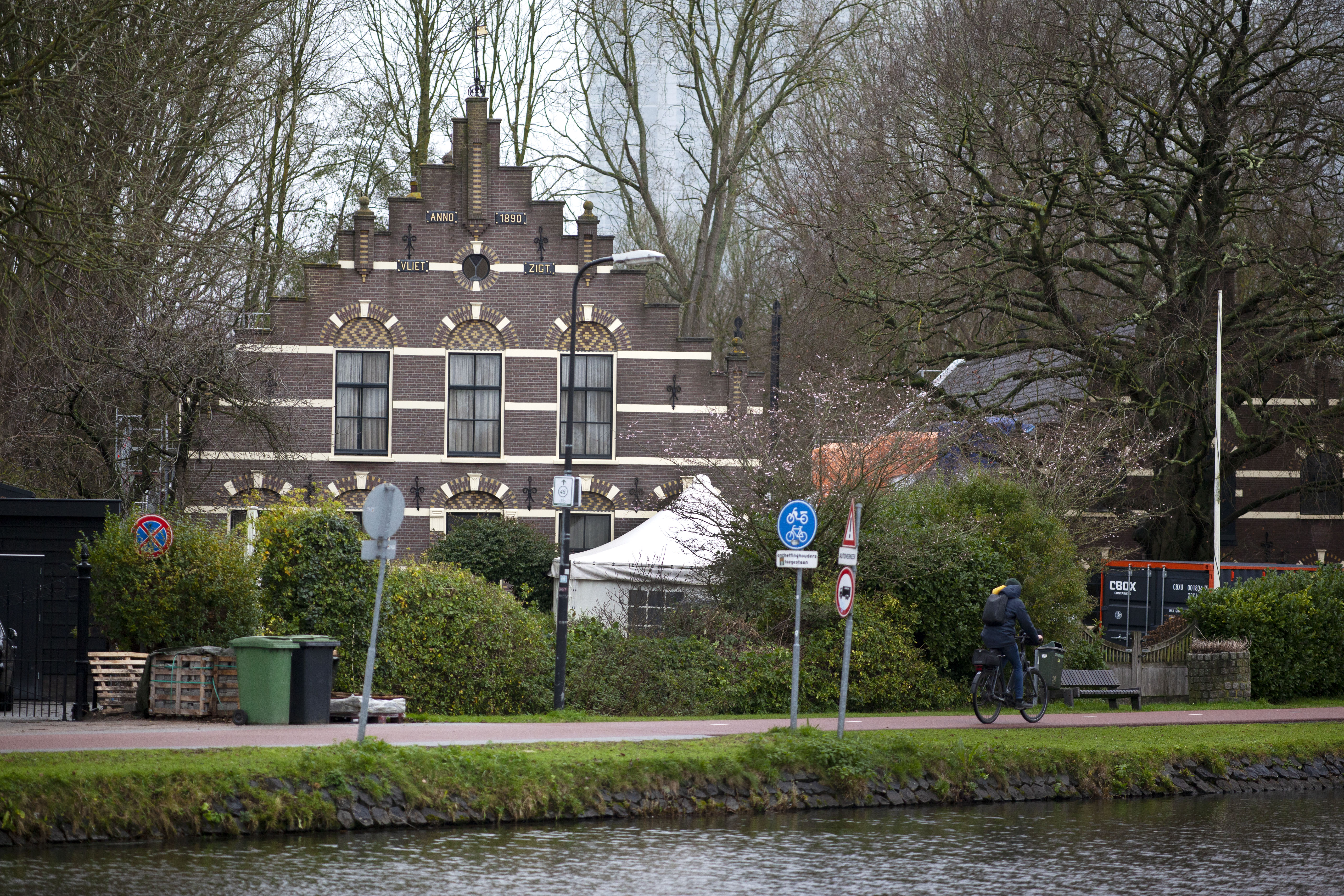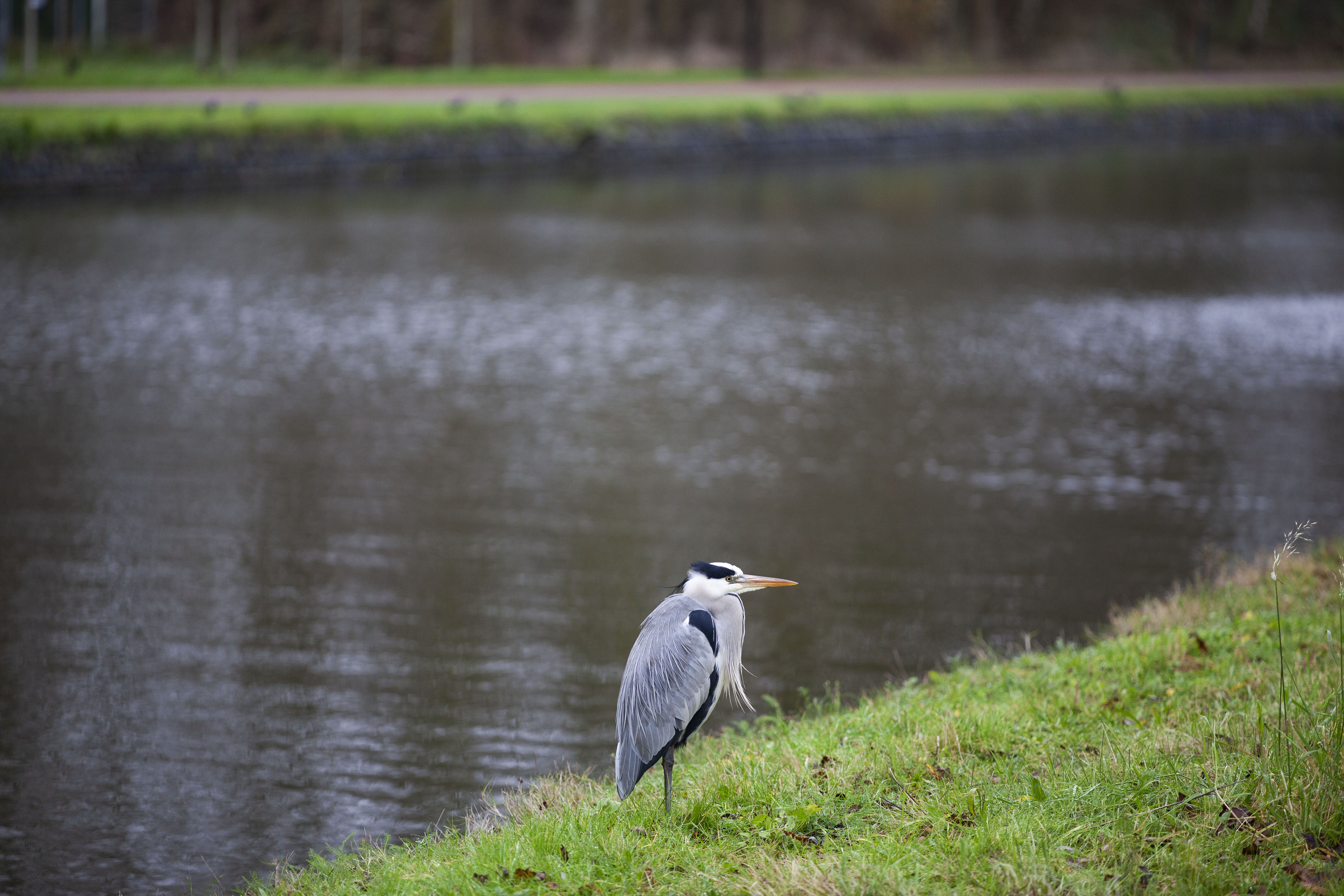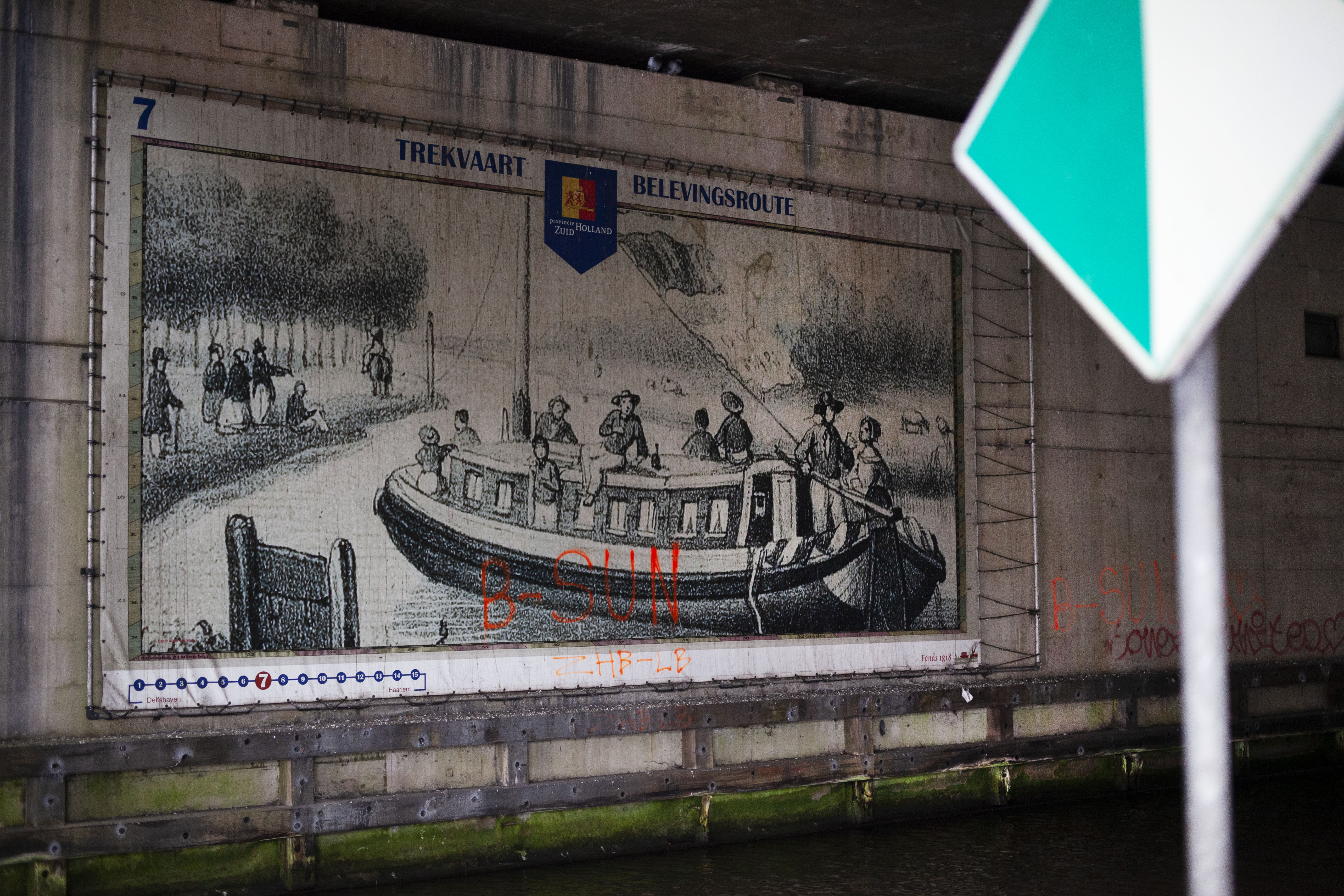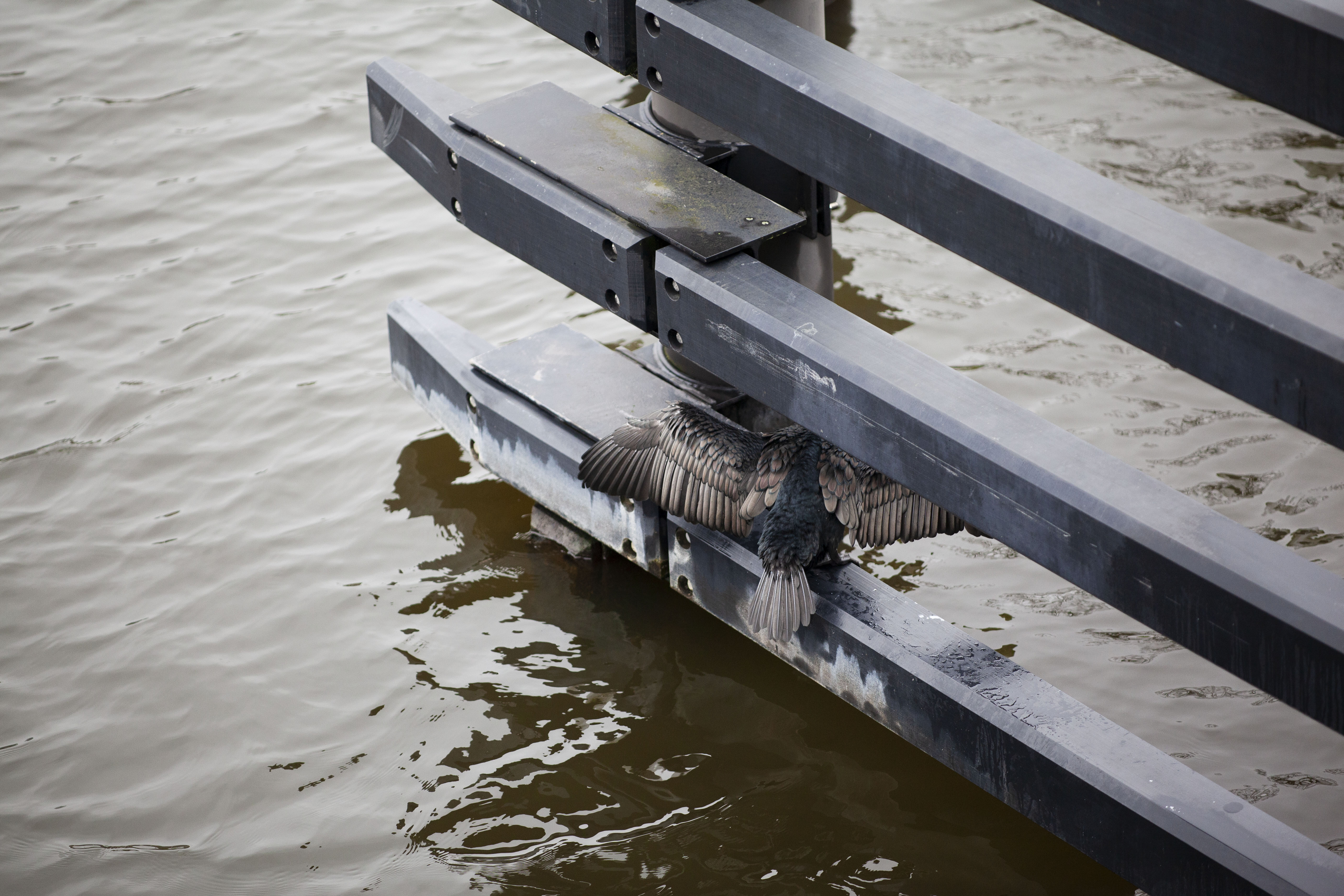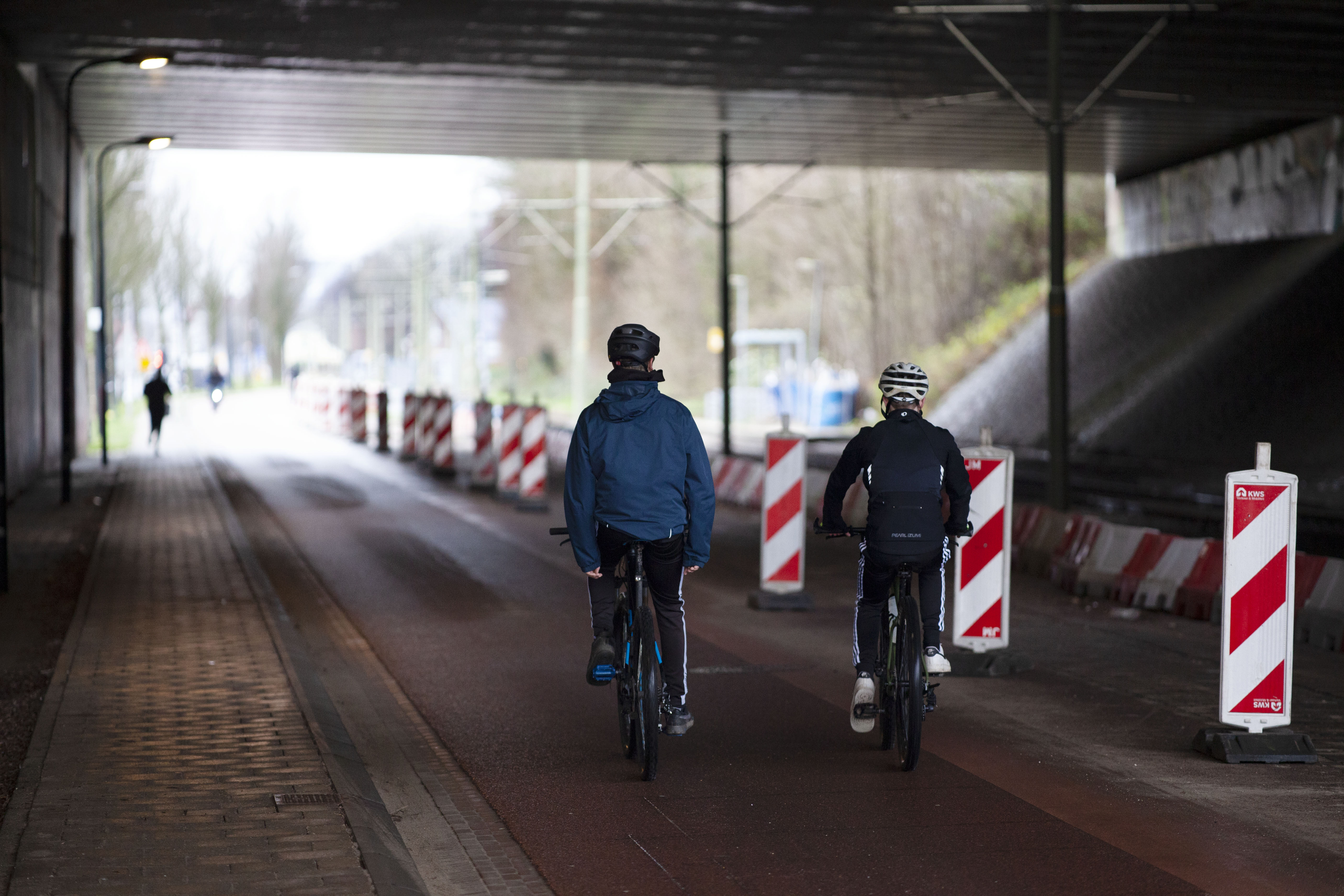In the 17th century, the system of canals and waterways functioned as the highway of the Dutch Republic. Tow barges kept cities and towns connected across the country. Fast? Not exactly. A strong horse and a lightweight young boy – the so-called jager – would plod along the towpath, pulling a heavy boat filled with passengers.
These barges connected people and places like Leiden, Leidschendam, Voorburg, The Hague, Rijswijk, Delft and eventually Rotterdam. There were even branches leading to farming villages like Schipluiden and Maasland. And it wasn’t just people travelling this way – gossip and news travelled right along with them.
Whether Vermeer ever took a tow barge, we don’t know for sure. But we do know he visited The Hague at least once, possibly using this very mode of transport. Like his father Reynier, Vermeer also dealt in paintings alongside making them. He was valued for his expertise, even outside Delft, and was once asked to judge the authenticity of a few paintings said to be by Italian masters. That happened in The Hague, where an Amsterdam art dealer tried to sell them to a foreign prince. Vermeer’s verdict? Brutal – he called the works "rubbish".
You’ll find two images of the old tow route along the water under the bridge, on both sides of the Vliet (the canal between Delft and The Hague). You can cross via the nearby cycle bridge – a mini version of the Erasmus Bridge in Rotterdam. It gets quite dark under the viaduct, so mind your step. And maybe don’t fall in the water.
Along de Vliet
Delftweg
2289 AH
Rijswijk
Contact details
| Opening hours | |
|---|---|
| Open 24 hours | |



